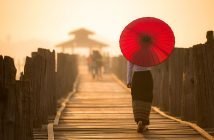Being the capital of Pagan Kingdom from 9th to 13th century, Bagan is one of the greatest empires in Southeast Asia. During that ancient time, the land became the home to more than 10.000 pagodas, temples and stupas. Meanwhile, the shape and construction of each building play the significant role on spiritual meaning.
All makes Bagan the largest Buddhist land in both Myanmar (Burma) and the world. Nowadays there are still around 2.200 temples and monasteries surviving in the plain. This sacred place is well-maintained and has become one of major tourism destinations of the country.
1. When to Travel?
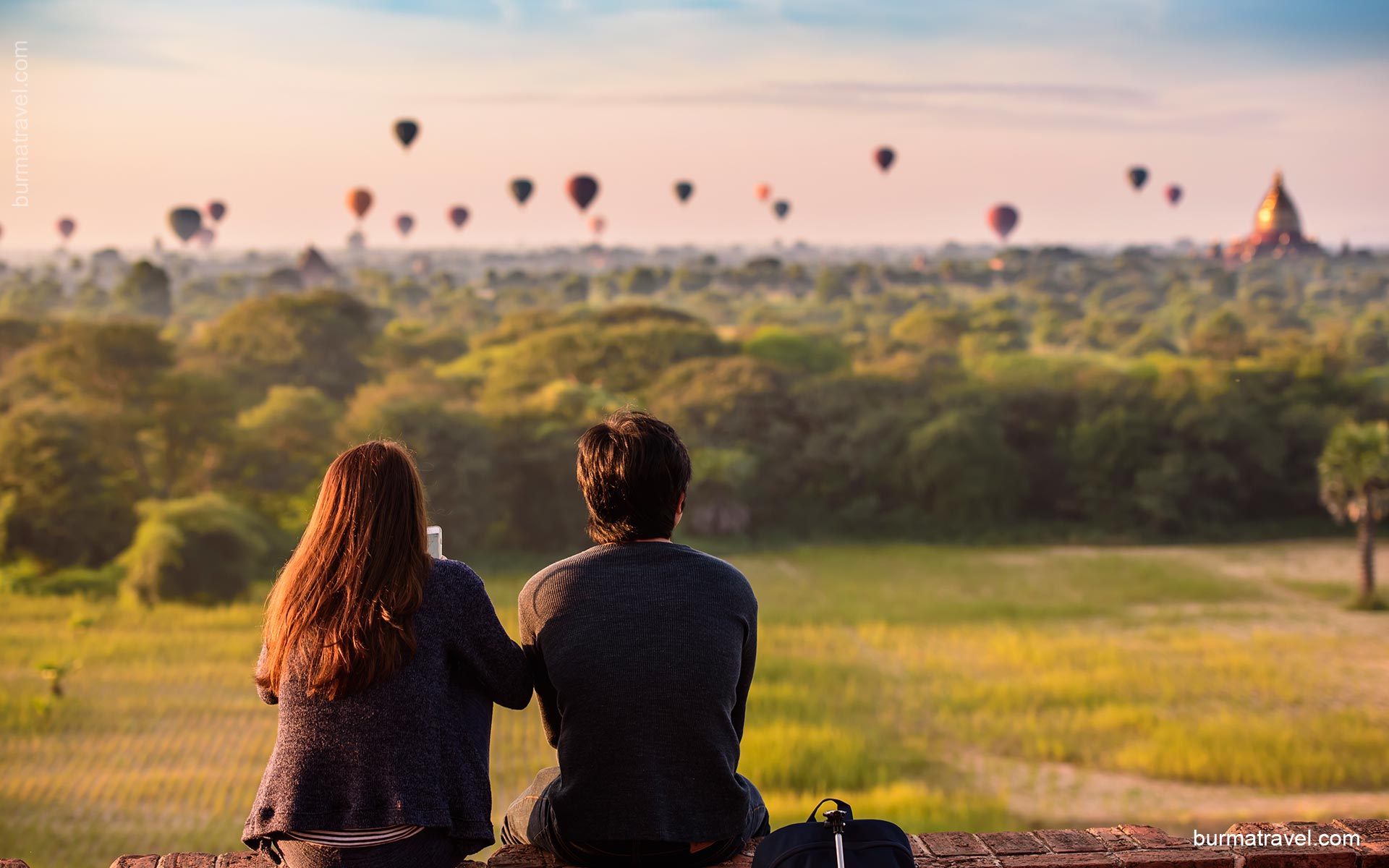
Bagan is hot year-round. The hottest time is between March and May, when the temperature hits 43°C. Meanwhile, from November to February is the ideal time, the temperature is about 30°C.
Especially, every full moon is the popular time for local festivals.
2. How to go around Bagan?
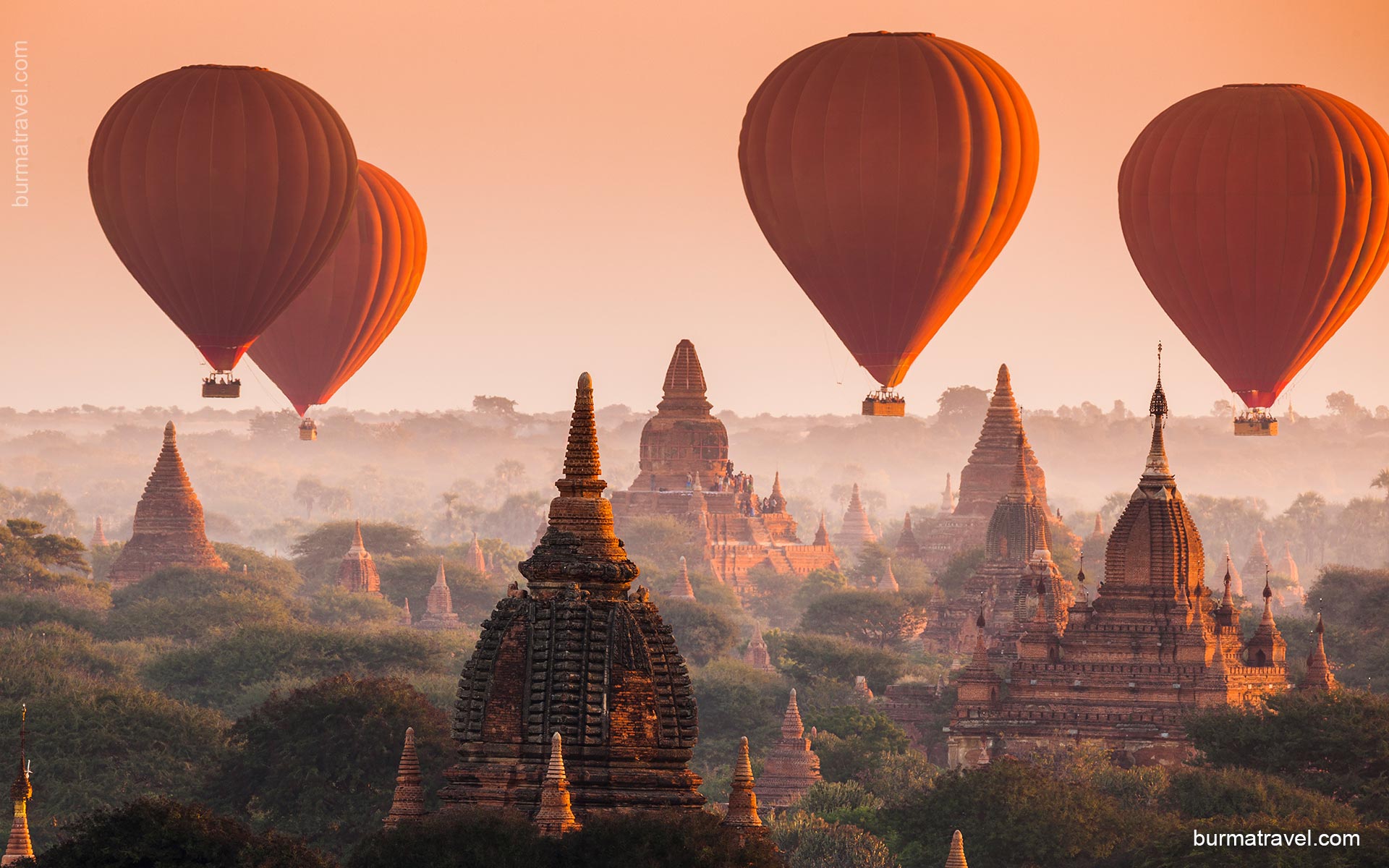
Upon arrival, you will pay K25.000 (USD25) entrance fee for 5-day own exploration in Bagan. Taking minimum 2 days and using different kinds of transport are highly recommended to explore the ruins.
You can visit Bagan on foot, by bicycle/e-bike, horse cart… Especially, a ride of hot air balloon at sunrise will give you a bird’s eye view of the ancient city. The sunset cruise on beautiful Irrawaddy river is also an ideal option to maximize your experience in Bagan.
3. Top Things to do and what to see in Bagan?
3.1. Ananda Temple:
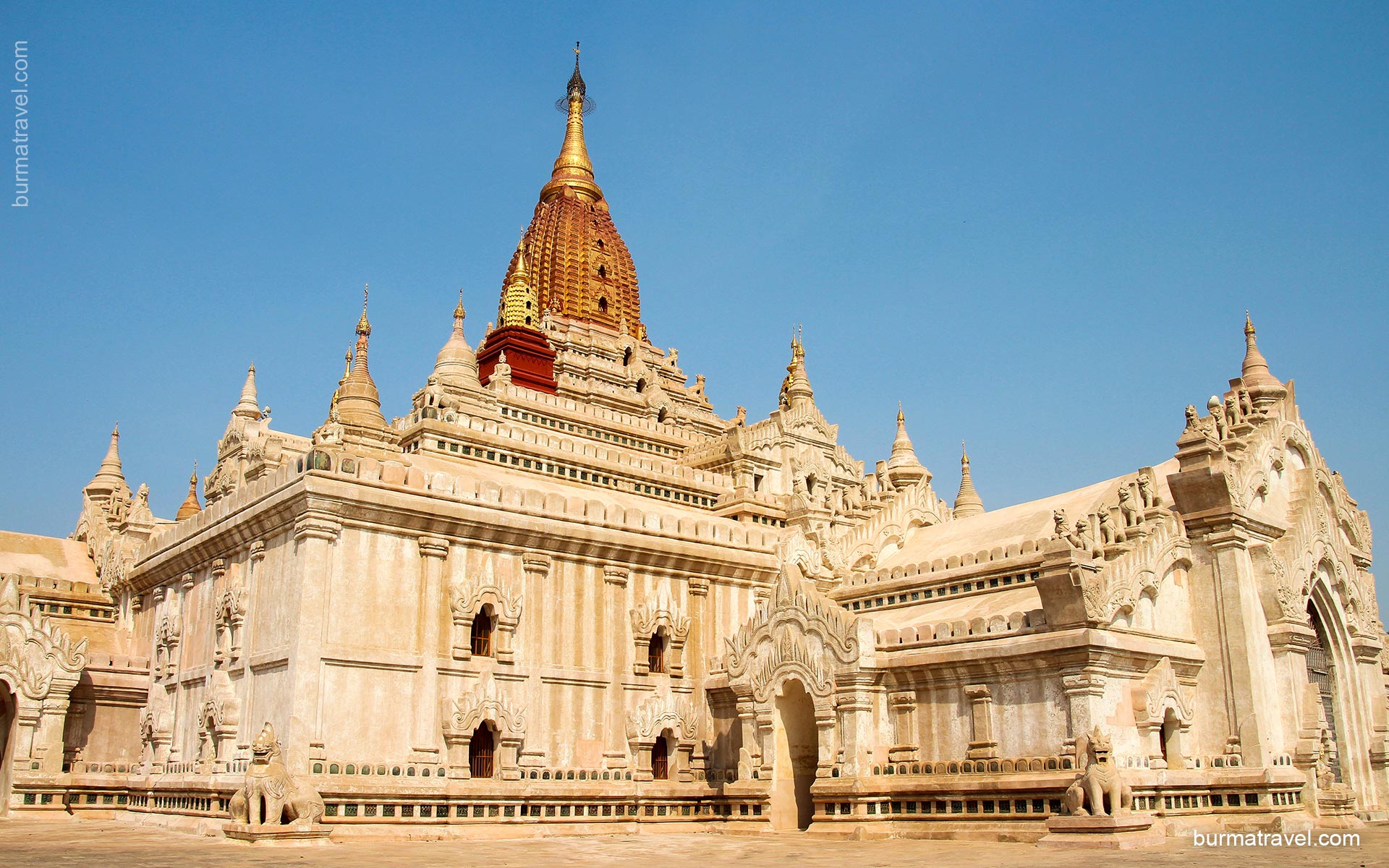
The holiest as well as the most important temple in Bagan. The building was constructed by the third king, Kyan-zit-tha in 1091. Ananda means “boundless wisdom”. There are four standing Buddha image inside the temple, each Buddha faces the cardinal directions, which represent the four Buddhas who have attained Nirvana.
3.2. Shwezigon Pagoda:
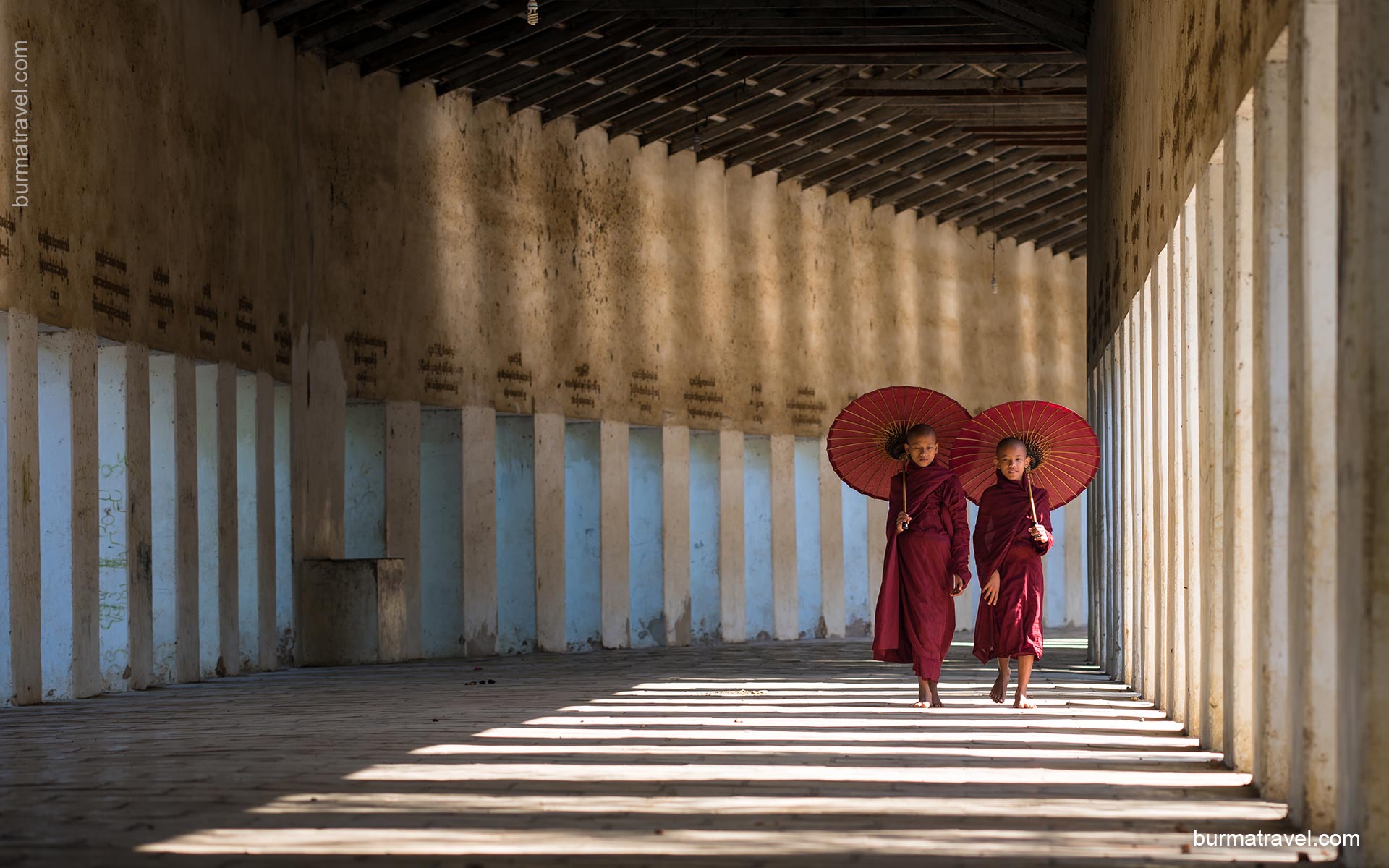
The Bagan’s largest surviving bronze Buddhas. It was built in the 11th century by King Anawrahta. The gold plated pagoda gets impressively bright in the sun. Shwezigon Pagoda’s design has become the prototype across Burma over centuries (including the iconic Shwedagon in Yangon).
3.3. Shwesandaw Pagoda:
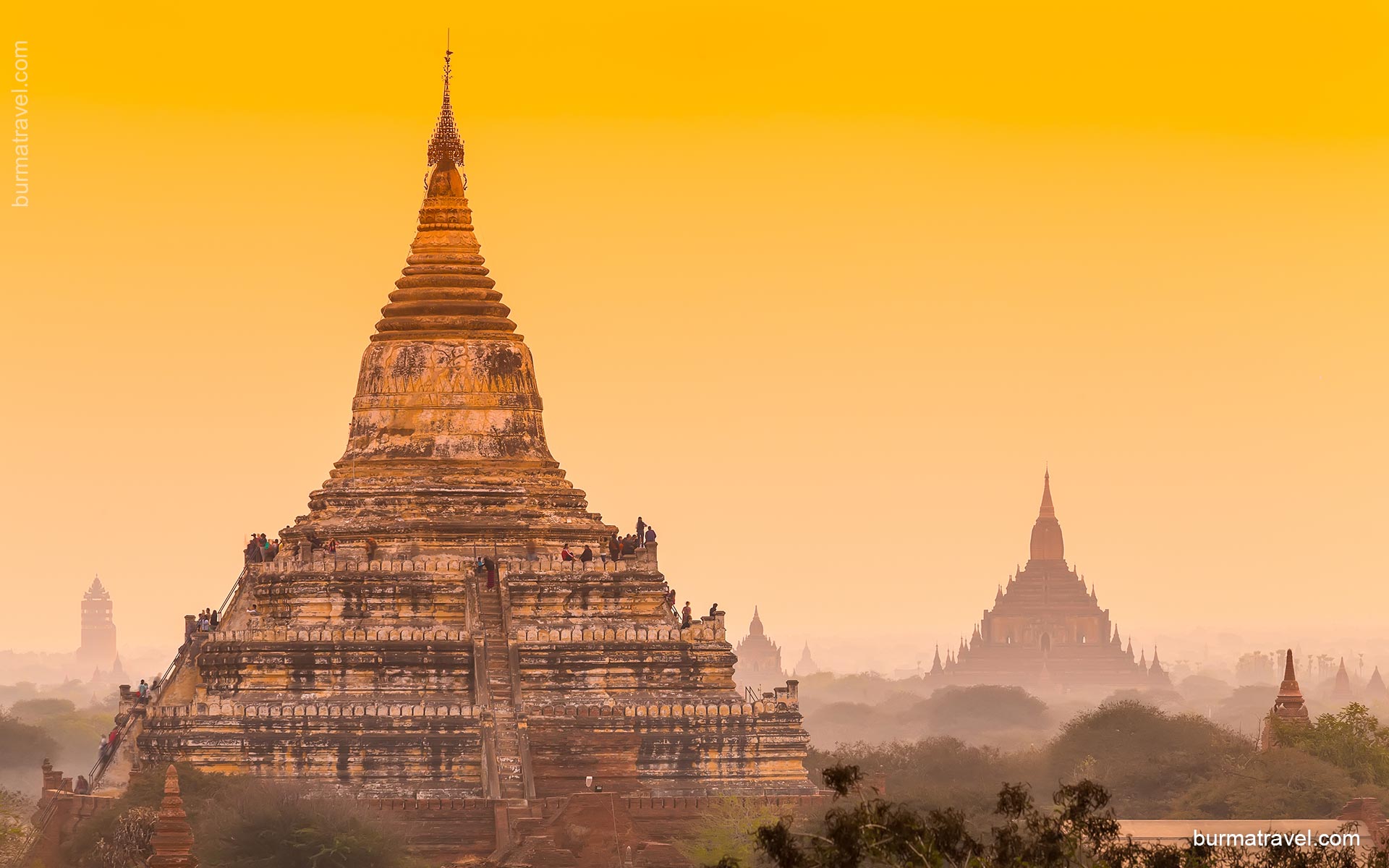
A must-see place, the most famous sunset-viewing spot of Bagan, where the tourist gather every afternoon for the gorgeous sunset. It is a white pyramid-style pagoda with steps leading past five terraces to the circular top. You are advised to come here early as the pagoda gets very crowded right after 16.30.
3.4. Nan Paya Temple:
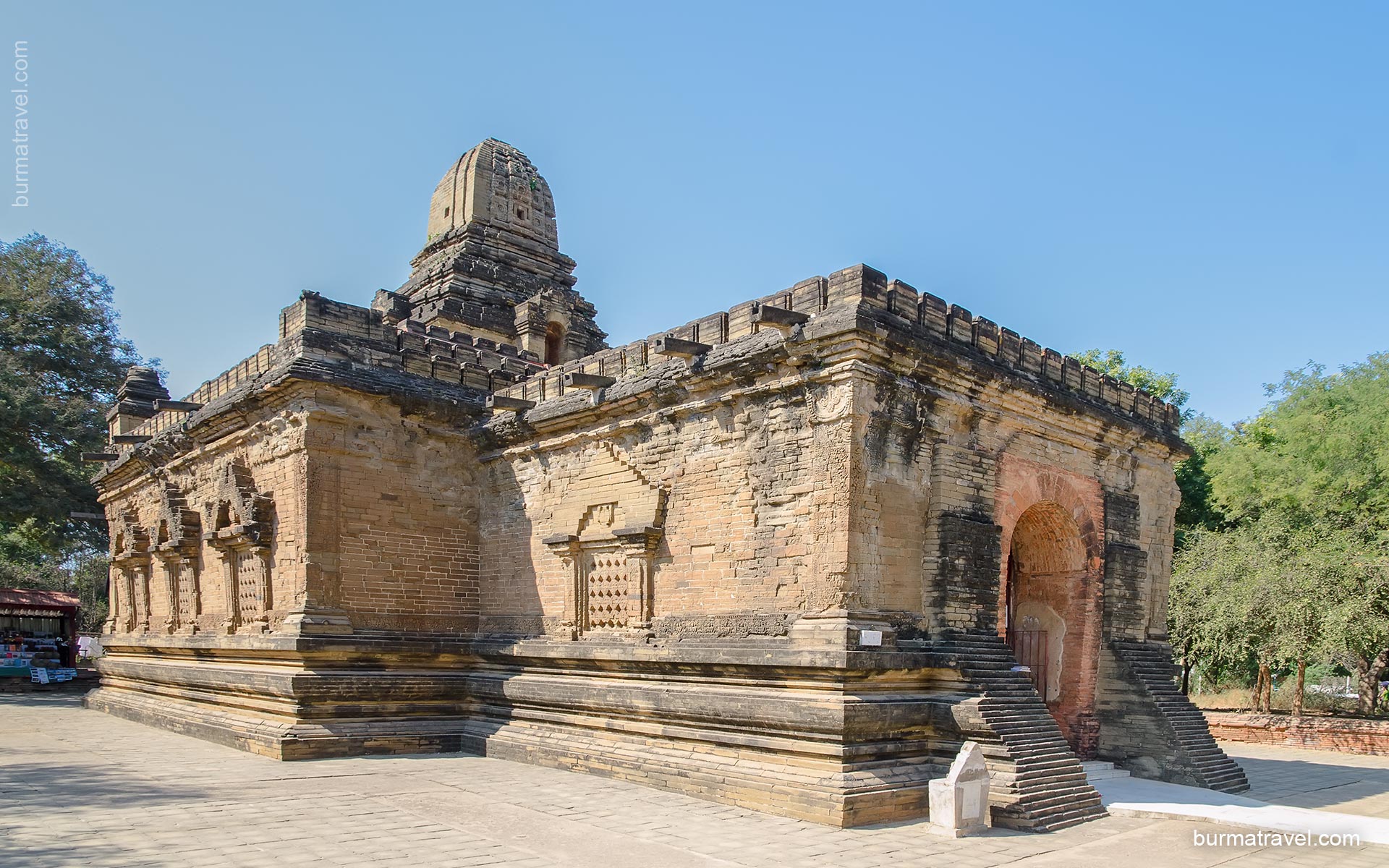
Also known as “Palace temple” with the original Burmese style. Nan Paya used to be the Hindu temple, which was built by King Makuta of Thaton Kingdom. Nanpaya is the Bagan’s first “gu-style” (cave) shrine. It is said to be one of the good place to know about the typical Bagan architecture from the old time.
The construction was made of mud mortar, brick, and sandstone block; contains sophisticated carvings of Brahma as well as some other Hindu Gods. Additionally, since the King was a Mon, people can find many figures and symbols of the Mon within the temple.
3.5. Minkaba Gubyaukyi Temple:
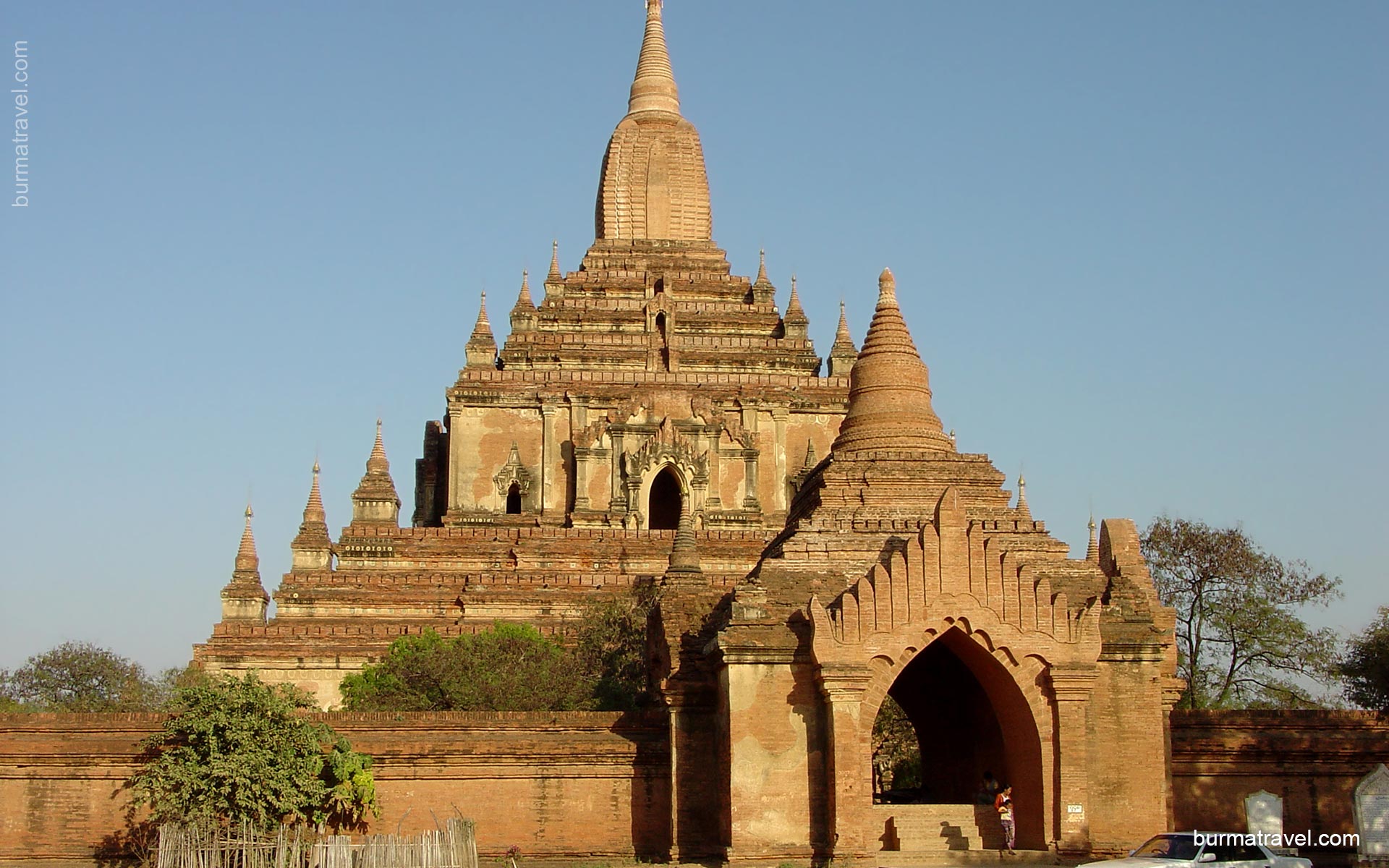
The Buddhist temple was built in 1113AD by the Prince Yazakumar, after his father’s death. Nearby the temple are two stone pillars with inscriptions, which are written in 4 ancient languages: Pali, Old Mon, Old Burmese and Pyu. In term of the linguistic and historical significance, it is very valuable.
Above all, the temple is famous for its well-preservation. The colored paintings inside are believed to be the first original and oldest ones in Bagan. Being designed in Indian style, the monument has a large shrine room attached to a smaller antechamber. The fine stuccowork on its exterior walls is in particularly good condition.
3.6. Manuha Temple:
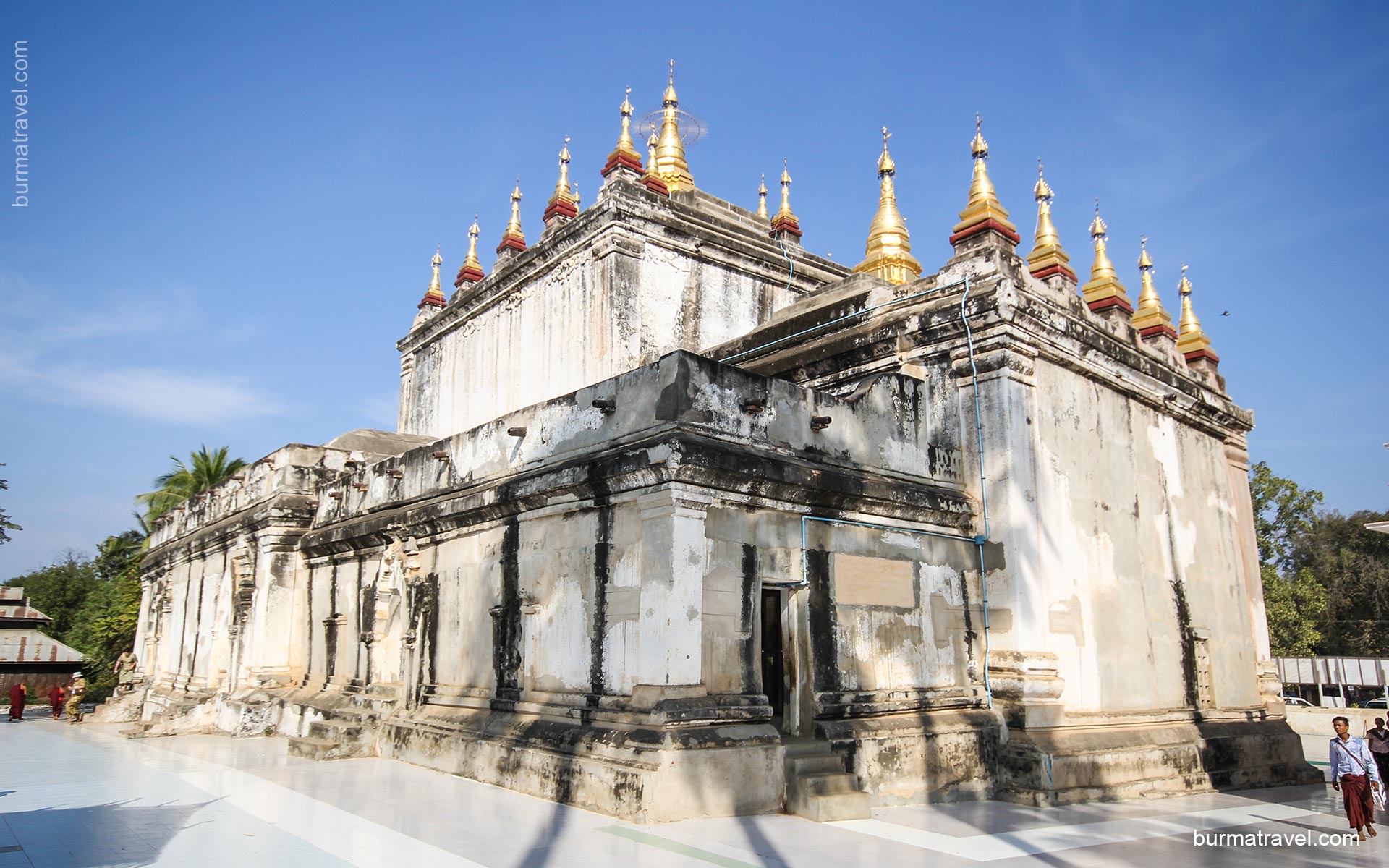
It was built by the captive Mon King Manuha, then named after the King. In spite of being constructed in 1059, the temple still gets a modern look. Within the temple are the gigantic Buddha images: two sitting and one reclining. Each image is placed in a small chamber, showing physical discomfort and further illustrating the mental distress of King Manuha. The tourists can easily find the sign of sadness on the two sitting Buddha images. However, the reclining one is serene and happy, facing north. It is believed that the King was about to enter Nirvana and be free from the living miserably, he was “never conquered by another”.









 (217 votes, average: 4.94 out of 5)
(217 votes, average: 4.94 out of 5)
